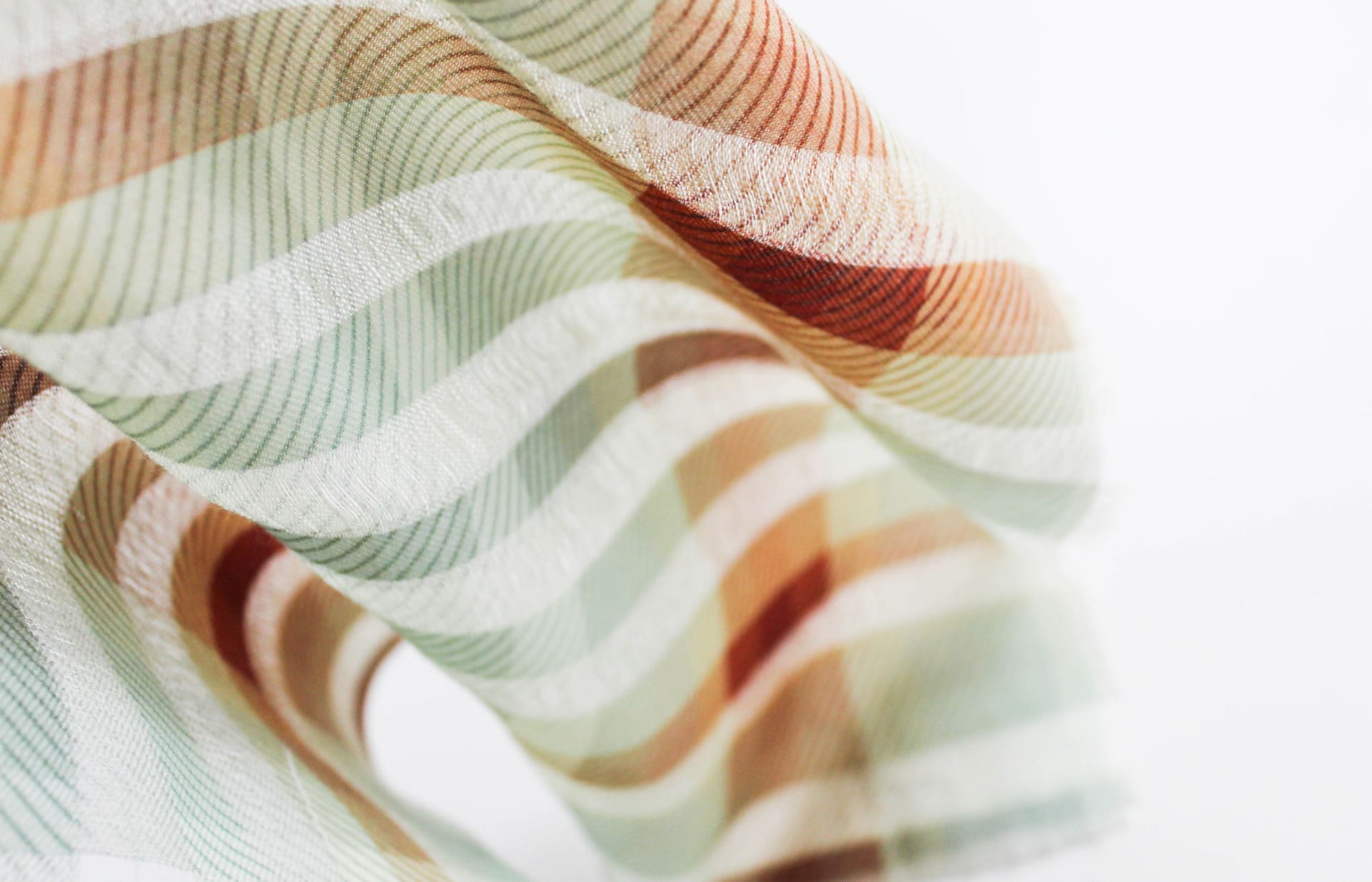Ryan Hughes is a Scottish born multidisciplinary designer, whose work focuses on storytelling through material. His work is human-led, tackling issues surrounding identity, heritage and experience.
He completed his BA (Hons) in Textile Design at The Glasgow School of Art in 2018, specialising in Printed Textiles. During this time he produced work for Danish brand NN07 which featured in their AW17 magazine.
Ryan has exhibited work at both New Designers in 2019, where he was chosen as one to watch by AVA CAD/CAMS, and Printeriors in Berlin after being shortlisted for the 2018 Fespa Printeriors competition.
Awards & Sponsorship:
The Haberdashers’ Company Scholarship (2019-2021)
The Leathersellers' Company (2021)



![[untitled]](https://res.cloudinary.com/rca2020/image/upload/f_auto,h_901,w_1920,c_fill,g_auto,q_auto/v1/rca2021/60c36cb7a98c7847e5eabe43-234034?_a=AXAH4S10)
![[untitled]](https://res.cloudinary.com/rca2020/image/upload/f_auto,h_911,w_1920,c_fill,g_auto,q_auto/v1/rca2021/60c36cb7a98c7847e5eabe43-252265?_a=AXAH4S10)
![[untitled]](https://res.cloudinary.com/rca2020/image/upload/f_auto,h_905,w_1920,c_fill,g_auto,q_auto/v1/rca2021/60c36cb7a98c7847e5eabe43-272170?_a=AXAH4S10)
![[untitled]](https://res.cloudinary.com/rca2020/image/upload/f_auto,h_768,w_1920,c_fill,g_auto,q_auto/v1/rca2021/60c36785a98c7847e5e7ee59-921363?_a=AXAH4S10)
![[untitled]](https://res.cloudinary.com/rca2020/image/upload/f_auto,h_768,w_1920,c_fill,g_auto,q_auto/v1/rca2021/60c36785a98c7847e5e7ee59-947000?_a=AXAH4S10)
![[untitled]](https://res.cloudinary.com/rca2020/image/upload/f_auto,h_768,w_1920,c_fill,g_auto,q_auto/v1/rca2021/60c36785a98c7847e5e7ee59-961255?_a=AXAH4S10)
![[untitled]](https://res.cloudinary.com/rca2020/image/upload/f_auto,h_768,w_1920,c_fill,g_auto,q_auto/v1/rca2021/60c36785a98c7847e5e7ee59-973360?_a=AXAH4S10)
